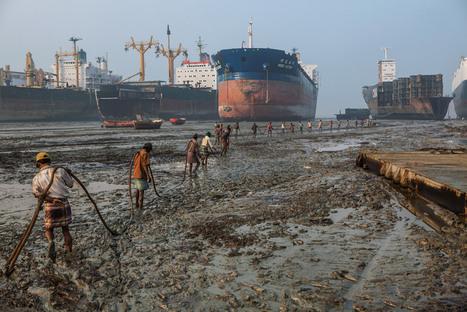Bangladesh is exposed to threat of hazards resulting from a number of natural disasters and remains classified as one the most vulnerable countries. Majority of the country is affected by cyclone, drought and floods.
Via Mike Busarello's Digital Storybooks



 Your new post is loading...
Your new post is loading...














Multiple challenges already face residents of Dhaka and Bangladesh in its entirety, but add into the mix climate change and the situation becomes even worse. How does this human induced phenomenon impact upon the population of the developing country and its ever-growing Mega City?